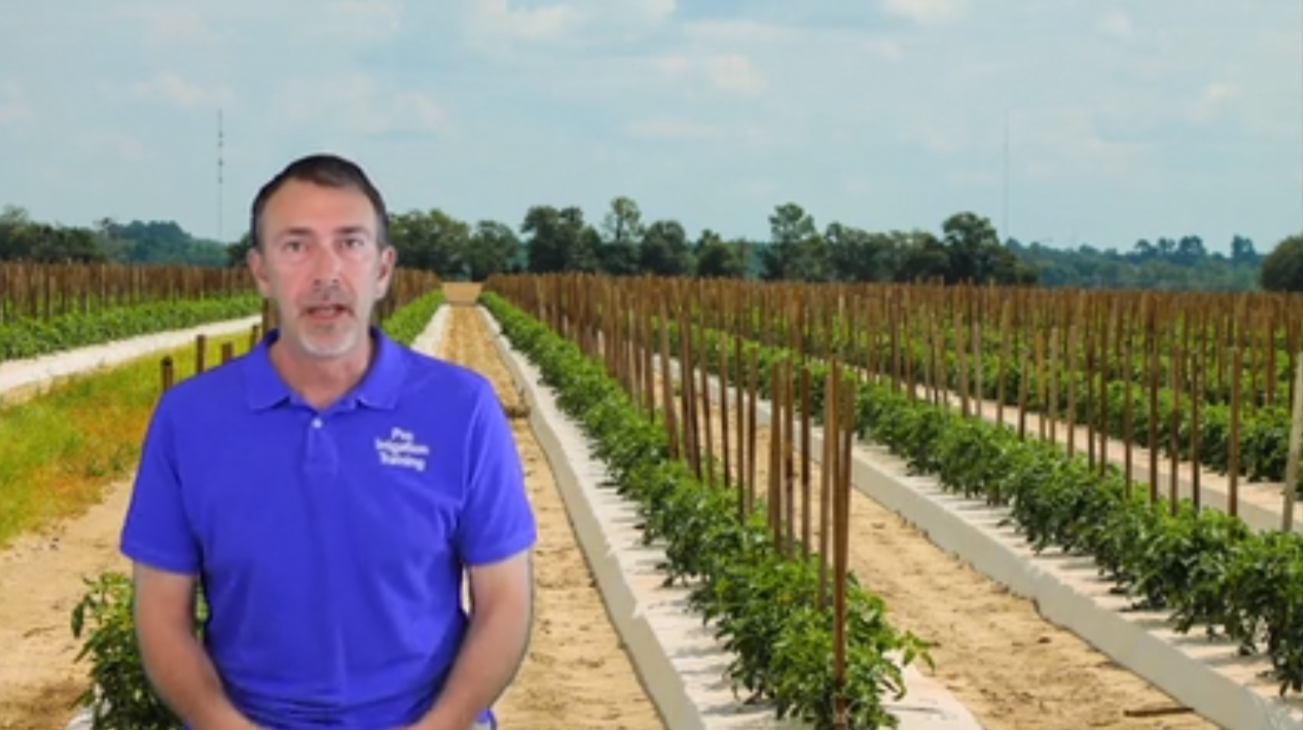
History of Irrigation
2: History of Irrigation from Zero Point Irrigation Supply on Vimeo.
Ancient history is marked by the never-ending struggle to provide food. The beginnings of civilization were only possible through the advancement of agriculture. It's easy for modern people to forget how difficult it is to provide the massive amounts of food we need. Ancient people didn't have tractors, combines, electric pumps, greenhouses, or global distribution networks. They had to contend with changing weather patterns, varying rain amounts, and river levels. So they had to invent clever ways to manage the resources that they did have access to.
It's recognized that the earliest mechanical irrigation methods were sluices and diversion dams. In many parts of the world, these are still used. Civilizations that were built in river basins such as the Egyptian Nile developed systems of sluices and canals. Sluices are simple wooden gates that hold backwater. The Egyptians would allow floodwaters at their peak to enter the fields, then they would capture the water, leave it on the fields for up to two months, and then drain. History tells us that these methods were in use at least 6,000 years ago, and were the primary methods used for at least another 2,300 years.
The struggle of the ancient peoples informs us about the other facets that irrigation specialists sometimes overlook, drainage and soil quality. While the Egyptians had a relatively easy time of it, the civilizations around the Tigris-Euphrates area (Mesopotamia, Babylon, Iraq, and Iran) struggled with drainage and salinization issues. Poorly drained fields can build high concentrations of salt and toxins. Salinity is difficult to counter and can be devastating to most plants.
Around 1,700 BC, advanced mechanical irrigation systems were developed. The Persian Water Wheel appeared around that time. The Archimedes Screw, dating to 250 BC, was a revolutionary device for moving water.

Leave a comment